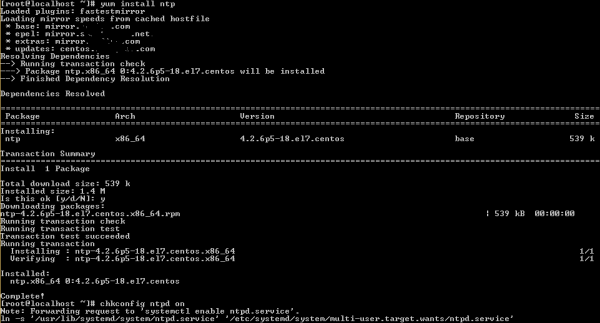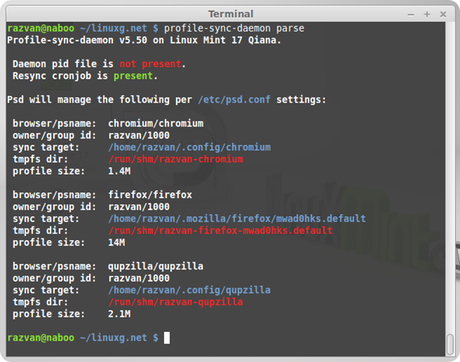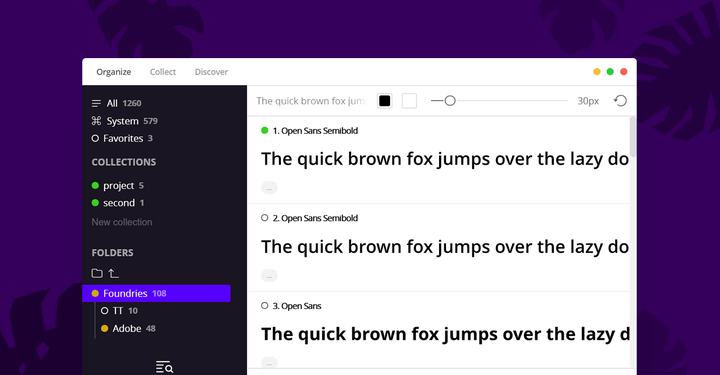

It does not support AirPlay video or photo streaming. Shairport Sync runs on Linux, FreeBSD and OpenBSD.

In this way, synchronised multi-room audio is possible for players that support it, such as iTunes and the macOS Music app.

Shairport Sync plays audio streamed from iTunes, iOS, Apple TV and macOS devices and AirPlay sources such as Quicktime Player and OwnTone, among others.Īudio played by a Shairport Sync-powered device stays synchronised with the source and hence with similar devices playing the same source.

Switch to the development branch for a version with limited AirPlay 2 functionality. cab file on the device.Īfter you have completed your work, remove the device from its cradle or connector and the sync will disconnect.Shairport Sync is an AirPlay 1 audio player.
prun runs a program on the device from your Linux machine. pcp copies files to and from the device. pmkdir creates a directory (or folder) on your device. pls allows you to obtain a listing of the files on your device. pstatus allows you to obtain status on your connection and information about the device you have connected. Also examine or tail the file /var/log/messages for errors from the synce-serial-start and dccm commands.Īfter you have successfully established a sync connection between your Windows CE device and your Linux desktop, you can use a variety of command line tools to perform various operations with your device: If you have difficulties with a USB connection, a SourceForge SynCE Web page is very helpful. You should then be able to start a manual sync using the Windows CE ActiveSync icon on your Pocket PC. Once you’ve configured the hardware devices to communicate with each other, you need to set up any user that will be syncing with your device to run the dccm command. Synce-serial-start is now waiting for your device to connect I was connecting to USB port 0, so I used the command:įinally, I started up the daemon that detects connections: Next, I had to configure SynCE to use the proper USB port. First I used modprobe to enable the iPaq USB serial module: Follow the guidelines on the project’s site.īecause I was using an iPaq with a USB connector I had to follow some special instructions. The instructions vary depending on the type of Windows CE device you are using, the version of Linux, and what type of port you are using. Once SynCE is installed you need to configure it. SynCE also offers optional kits for synchronizing your address book and other options. You can download a tar archive of the most current version or an RPM of a slightly older version. The software you need for a simple connection with your Windows CE device consists of a single package: synce-0.9.1. As you will find on the SynCE Web site, there are special steps you may need to take depending on the device you are using. syncing) with your Windows CE device, then using the tools provided to copy files to and from the device and perform other operations.įor this article, I used a Compaq 3700 series iPaq Pocket PC. Īfter you install and configure the program, you can use SynCE by first establishing a connection (a.k.a. This article is adapted from the newly published book Deploying Linux on the Desktop. If you wish to use a Windows CE device with Linux you will need to install SynCE, a set of open source tools. You can use a Pocket PC with Linux, but the integration of a device such as Hewlett-Packard’s iPaq with Linux software such as Evolution requires add-on software.








 0 kommentar(er)
0 kommentar(er)
